Thursday was the very last day of our Summer of Code at SoundCloud. In front of our whole team and a handful of other SoundClouders we presented what we've been working on and what we have been learning over the past three months.
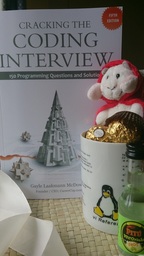 Presents, yay!
Presents, yay! The Summer of Code has been ... well, absolutely marvelous. We probably still can't believe how much luck we had to meet all those wonderful people and to work together with the most amazing coaches! We are full of thankfulness and will be indebted to them for ...like ... forever.
After learning to code for three months, we both made a decision: Coding is awesome! We will continue!
This blog won't continue, though. But we would like you, dear reader, to continue following our steps, give feedback, ask questions, or simply stay in contact. You can still send messages via our contact page or connect with each of us like so:
Kathi
I do very much appreciate every code review on my project(s) on Github (github.com/kat-crumbs).
Connect with me on twitter (@zw_ka) but bare with me if I only rarely use it for tweeting.
Connect with me on XING and / or LinkedIn.
If you know about any open software development internships or junior position, please let me know :)
Brigitte
Same here! You can find me on twitter (@gobridgego), LinkedIn and XING.
This is me on Github: github.com/BriocheBerlin
Advice as well as open positions are very welcome. So please spread the word, thanks!
Our summer of code was amazing. We had a great time and we do think that we learnt a lot. A huge thank you goes out to everyone involved! We already miss you!
<3
<3
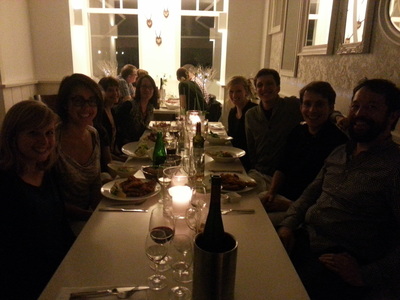

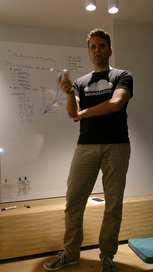

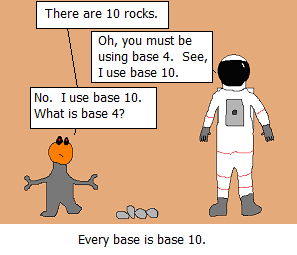
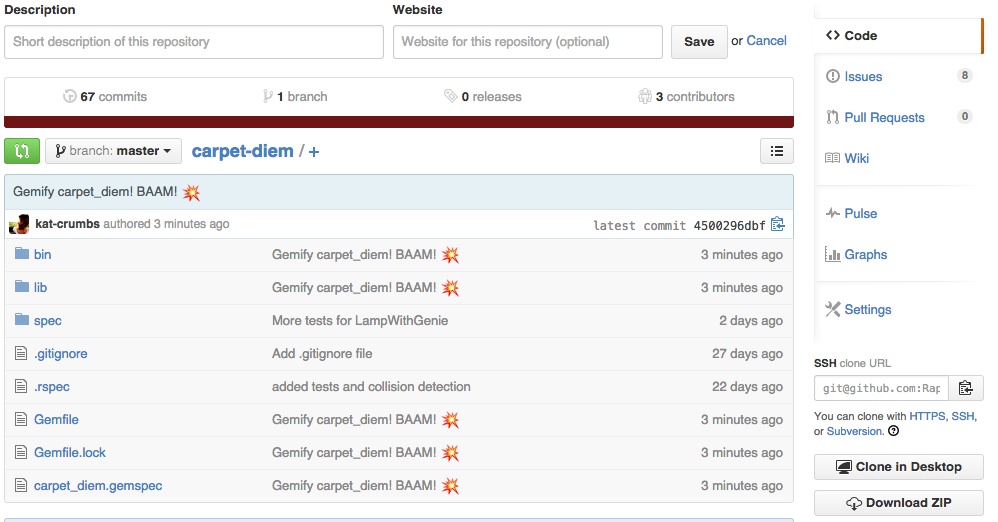
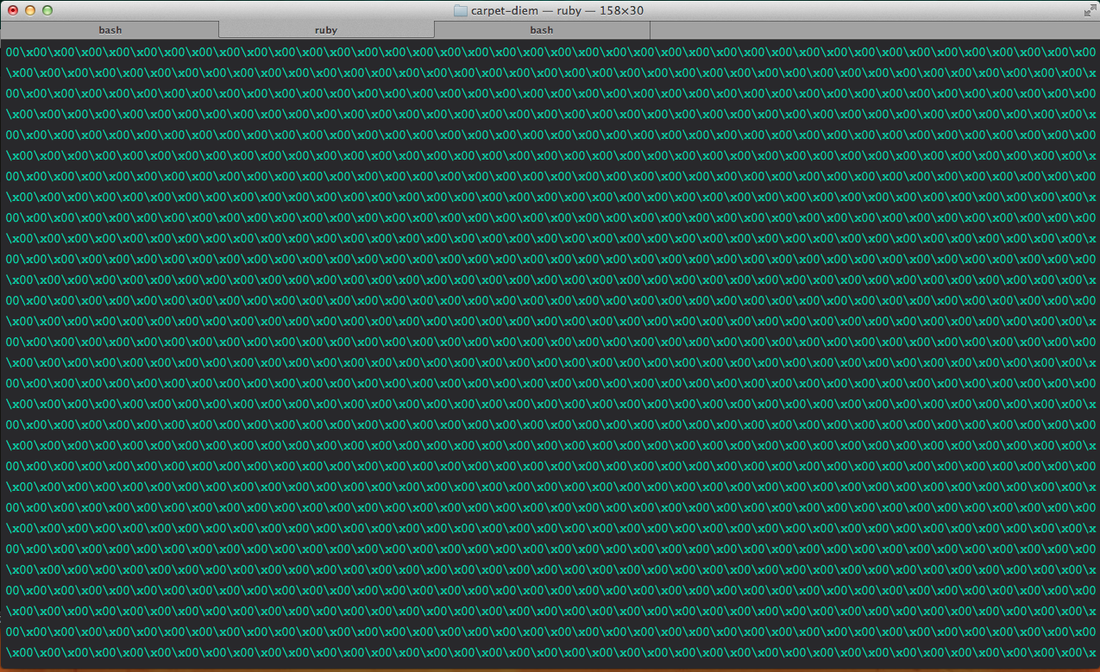
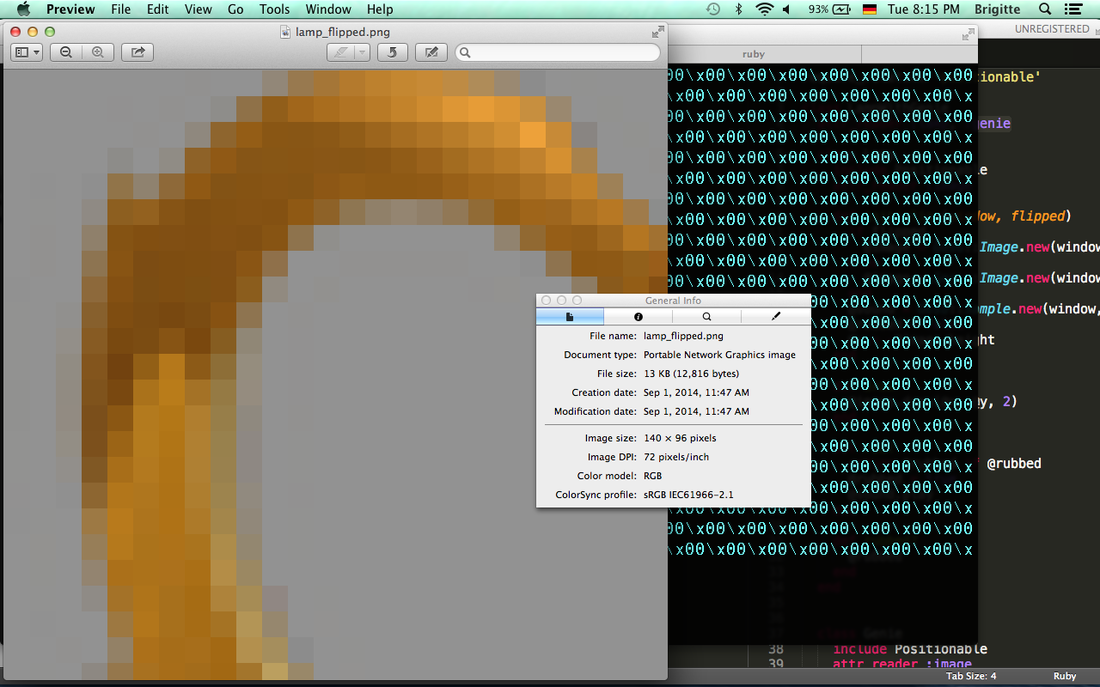
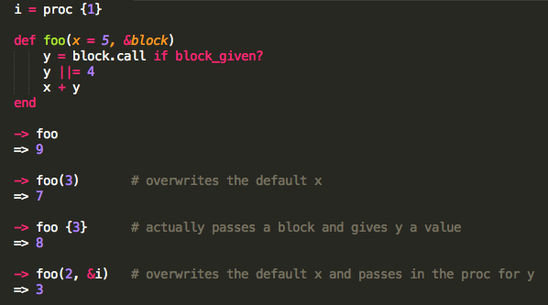
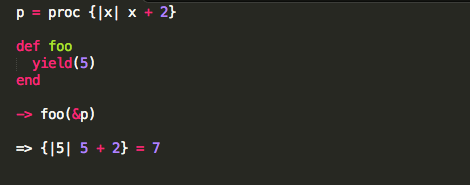

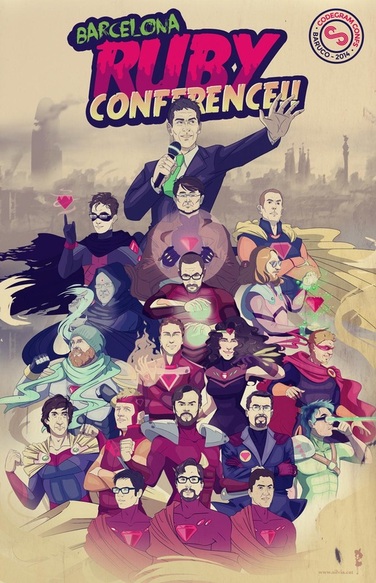
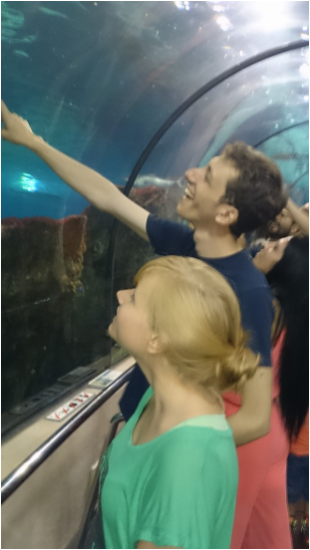

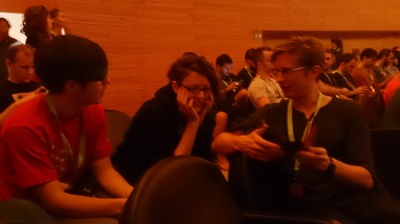
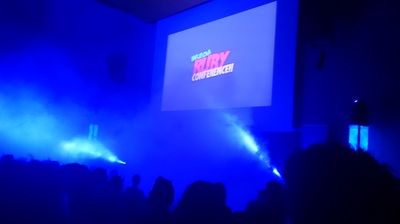
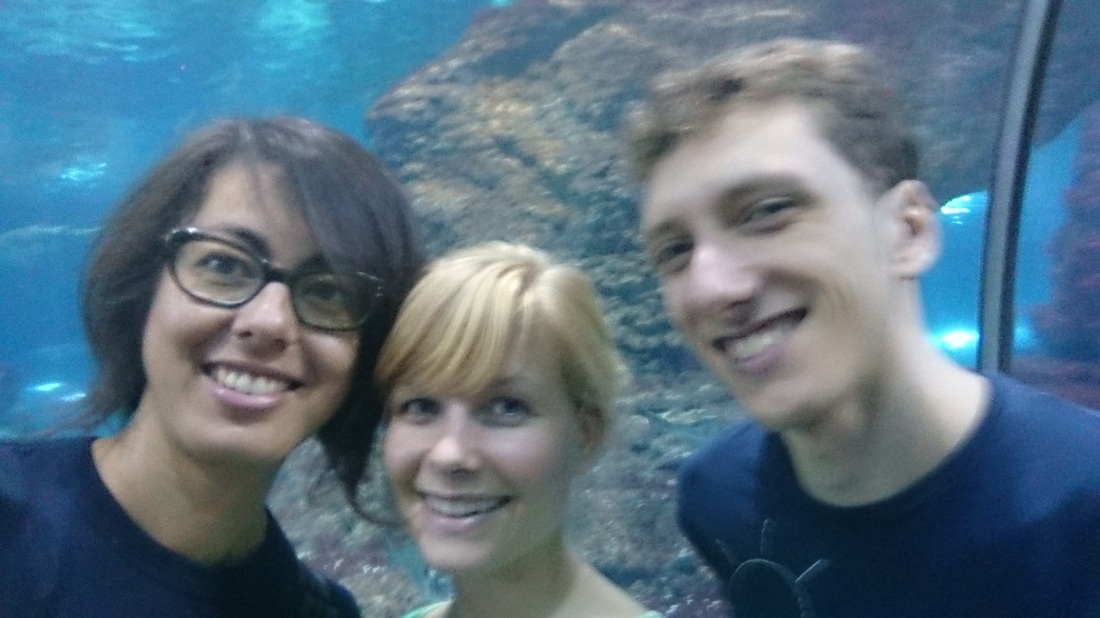
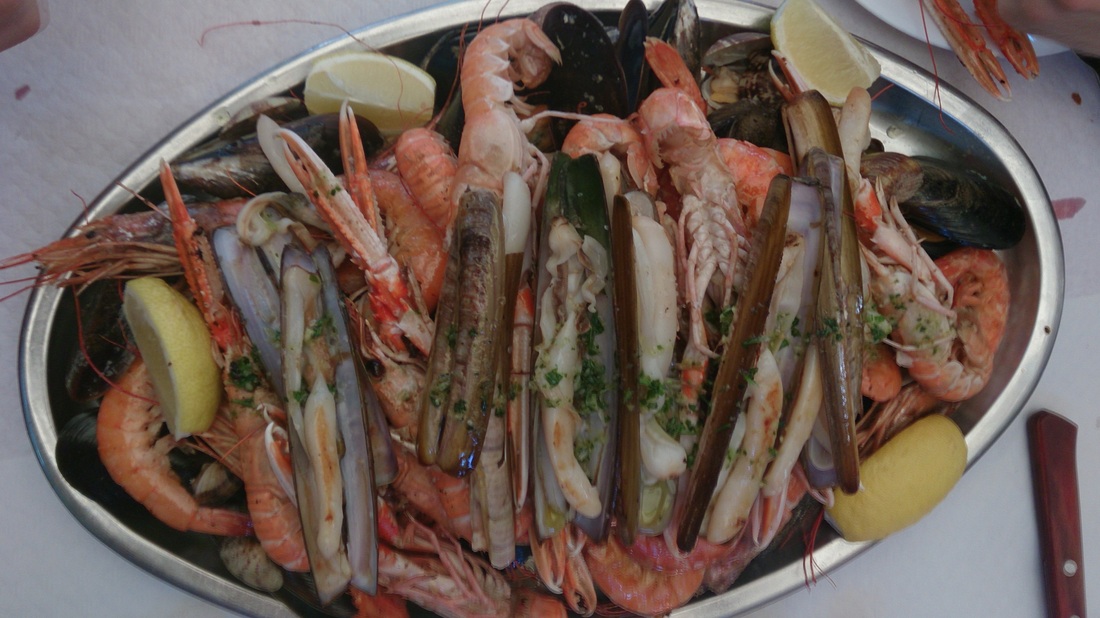

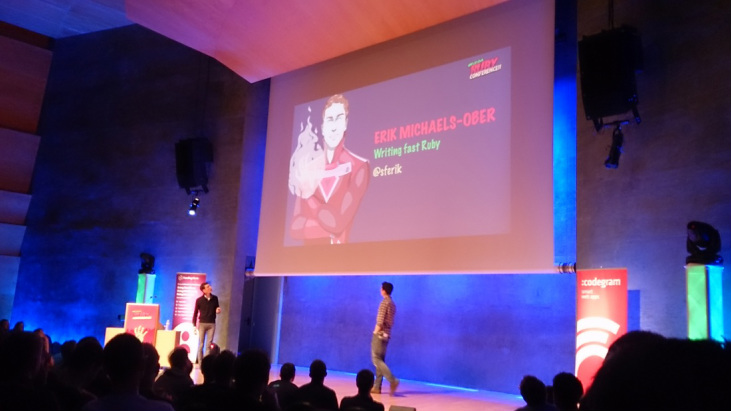
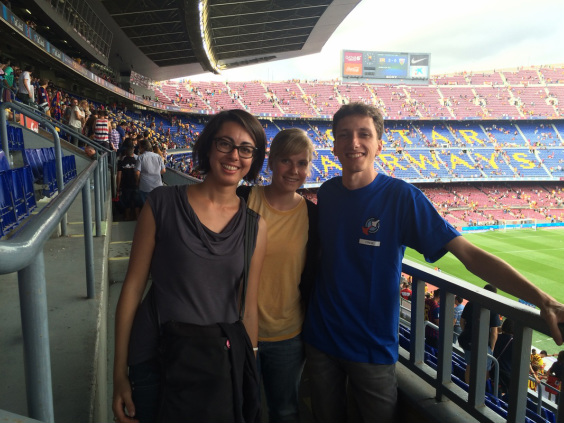
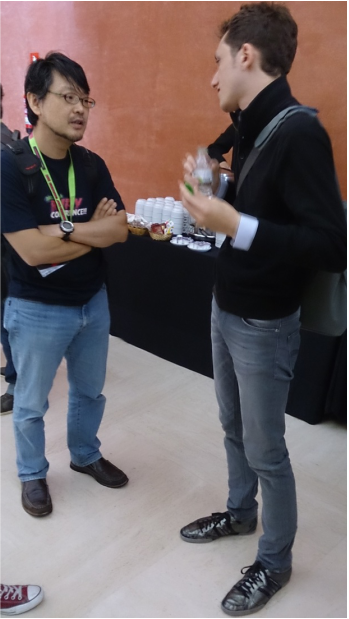
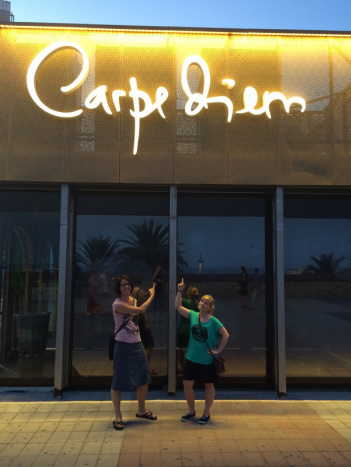

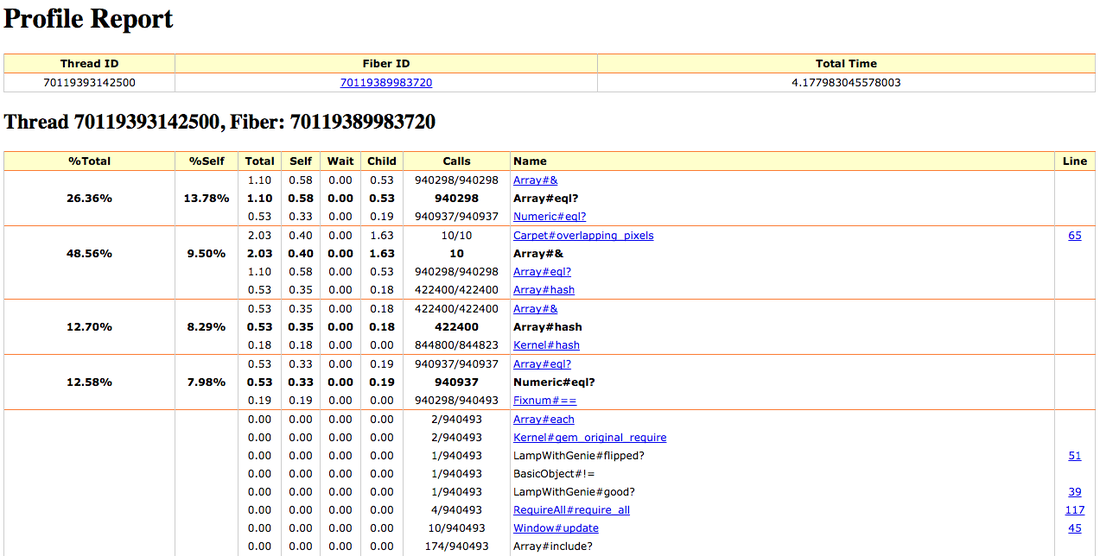
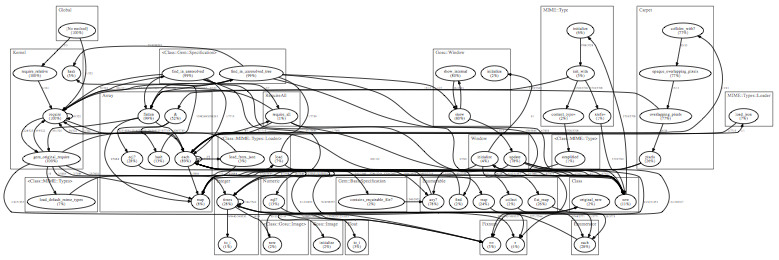
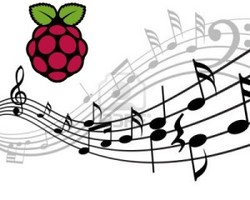
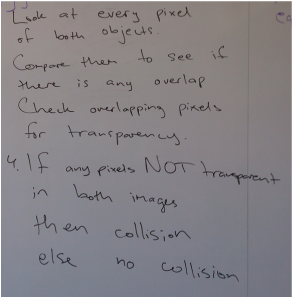
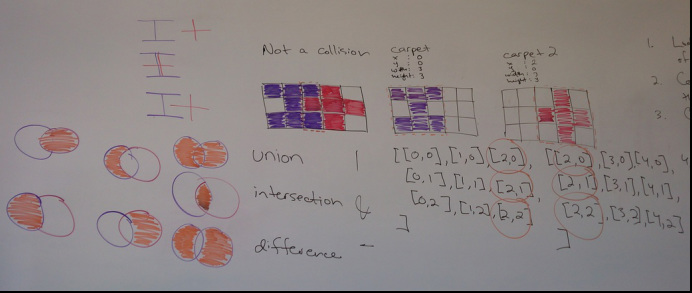
 RSS Feed
RSS Feed